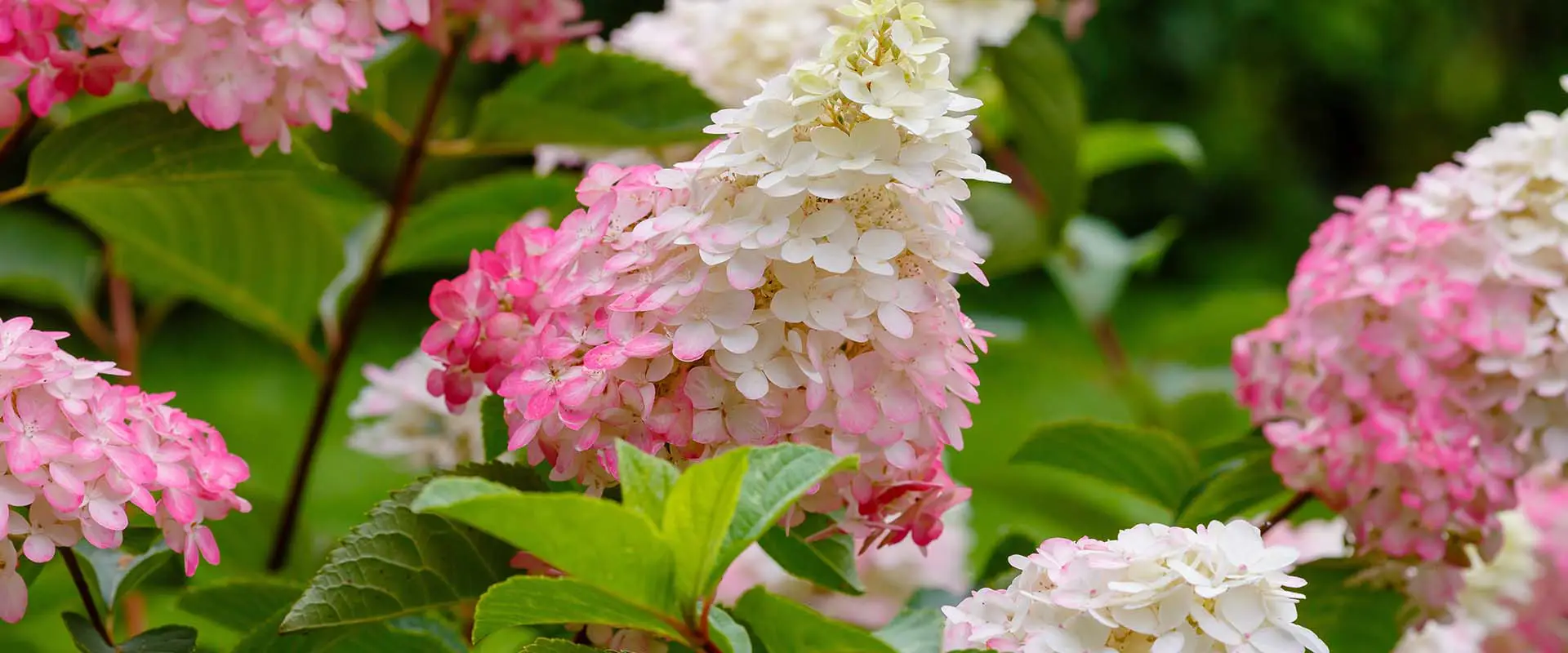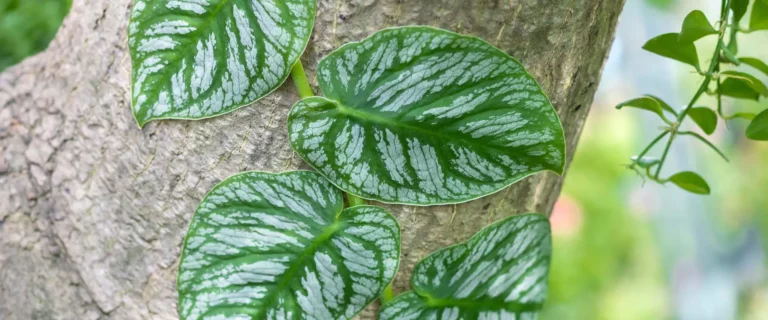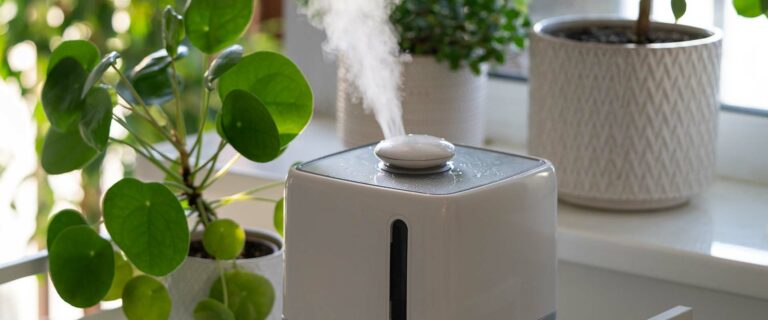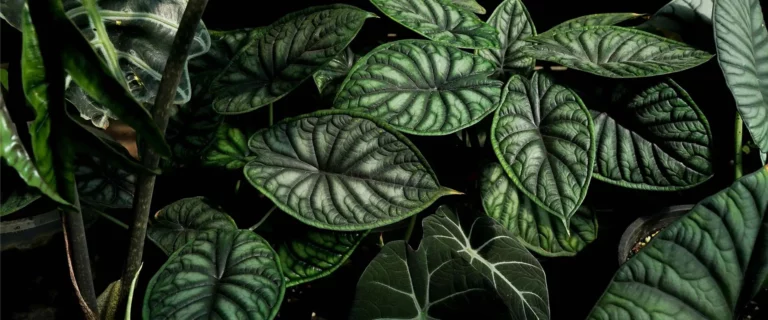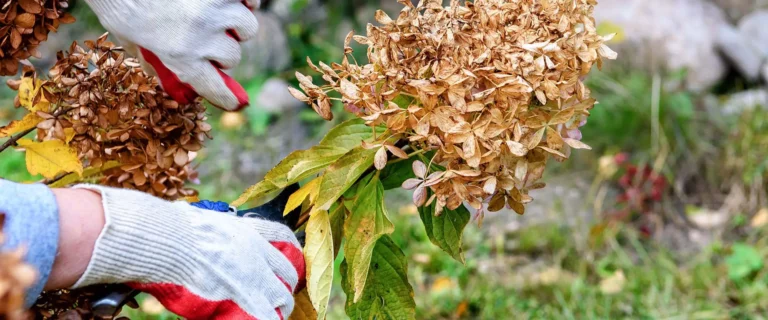The lovely parade of hydrangeas continues! In the early summer we talked about our native hydrangeas: oakleaf hydrangeas and the Annabelles. In mid-summer, it was the mophead hydrangea’s time to shine with their big blue and pink blooms that everyone loves. Well, now that we’re moving into late summer, we have another group of hydrangeas whose time has come…
Yay for the Hydrangea paniculata! Sean’s favorite hydrangea, it’s also known as the panicle hydrangea and Pee Gee hydrangea. According to Sean, our horticulture guru here at The Gardener’s Center, these are the last of the hydrangeas to bloom during the summertime.
This hydrangea is native to Japan, China and parts of western Russia, so while it may not go in a native garden, it’s completely well-behaved and non-invasive. Sean believes it’s worthy of any Connecticut garden.
This just in… The Hydrangea paniculata isn’t just Sean’s favorite hydrangea, it’s his favorite blooming shrub of ALL the blooming shrubs for our climate! Why?
They have a long history.
Paniculata grandiflora was introduced to the United States as a garden plant in the latter part of the 19th century, and you’ll often see really big, spectacular specimens around the older Victorian houses. These are the “Pee Gee” hydrangeas, the name coming from “Paniculata grandiflora.”
Back in the early ‘90s when Sean first started selling plants, if you went to a nursery or garden center for hydrangeas, you would be shown a couple plants including Nikko Blue hydrangeas and Annabelle hydrangeas, as well as Paniculata grandiflora, the only type of panicle hydrangea then available. Things have changed a lot since then.
They’re super hardy.
Panicle hydrangeas want to grow in full sun, and are great in a hot, sunny spot.
They’re disease- and insect-free, and they don’t require a ton of attention.
In fact, Sean says if you have a “black thumb” or even “two black thumbs,” this is a great choice.
It’s also a great choice when you’re looking for a plant as a gift; your friend or family member will appreciate its beauty and its low-maintenance needs. Another smart idea? It’s a great choice when you want to plant a shrub for a memorial or to commemorate an event. The Hydrangea paniculata are super easy and they live for a very long time once they’re situated.
There are lots of varieties.
There are more than 100 different varieties of the Pee Gee or panicle hydrangeas, bred for different sizes and shapes. For example the “Early Evolution” variety grows to just two feet tall, and “Firelight” may grow to be eight feet tall.
More dwarf varieties are “Little Lime,” “Bobo” and “Little Quick Fire,” and all are beautiful.
They have a very long bloom season!
The Hydrangea paniculata flowers here in Connecticut from mid July into October.
While there are many sizes and shapes, one thing they all share is that their flowers all start out as a limey-green color, which then turns into a beautiful white. And finally, as we get deeper into the summer and then fall, the white changes to pink and russetty-red colors.
How and when do you prune panicle hydrangeas?
All panicle hydrangeas flower on NEW WOOD only. So not only can you prune them, you should prune them.
All varieties, tall ones or short ones, should be pruned back by a third to a half every year. By cutting them back like that, you’re going to stimulate more growth and blooms next year. They’ll grow fast and fill out, but will have a stockier form with a better shape.
Do you prune in the fall, in the winter, or in the spring? The answer is yes, yes, and yes.
Anytime from late fall to early spring is a good time to prune your panicle hydrangea back a third to a half its size. Sean likes to do it between Thanksgiving and Christmas after a couple of hard freezes and the plants have gone dormant. He says the leaves are gone by then and it’s easier to see what you’re doing. See Sean’s video on pruning advice and instructions.
On the other hand, the advantage of pruning them later or in the early spring means that you can keep the dried blooms on the plants through the winter, and a lot of people like that.
One thing to consider if you do that though is if snow and ice accumulate on the blooms, they may get too heavy and break.
So there you have it. Give the Hydrangea paniculata (panicle hydrangea, paniculata grandiflora, Pee Gee) a try! And if you have some already, with over 100 varieties, you need to some more!
While your panicle hydrangea is easy to maintain, we’re still standing by with answers if you need them. As always, you can count on your friends and gurus at The Gardener’s Center! The Gardener’s Center!

